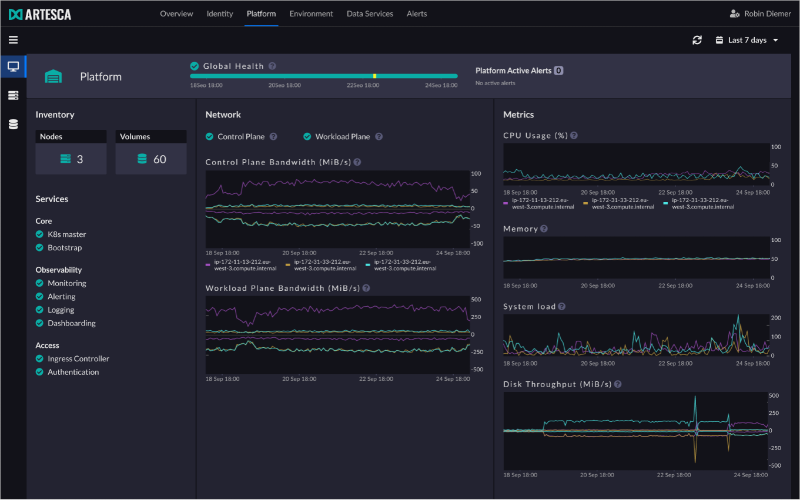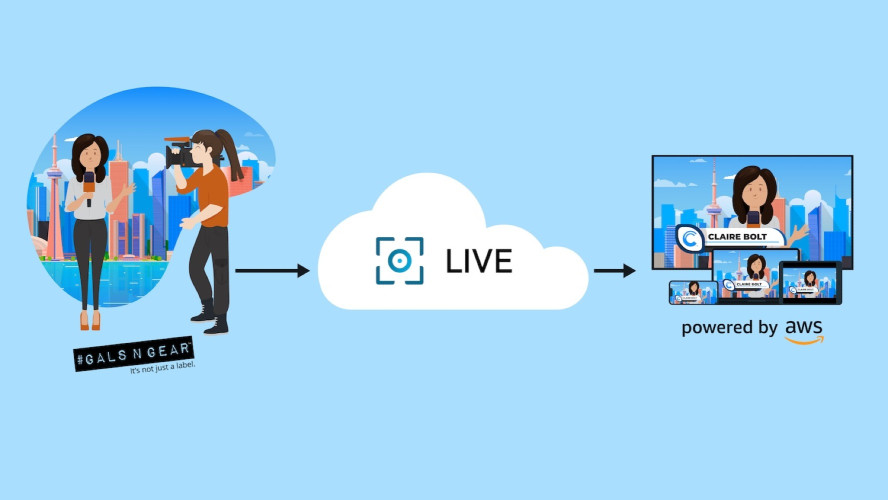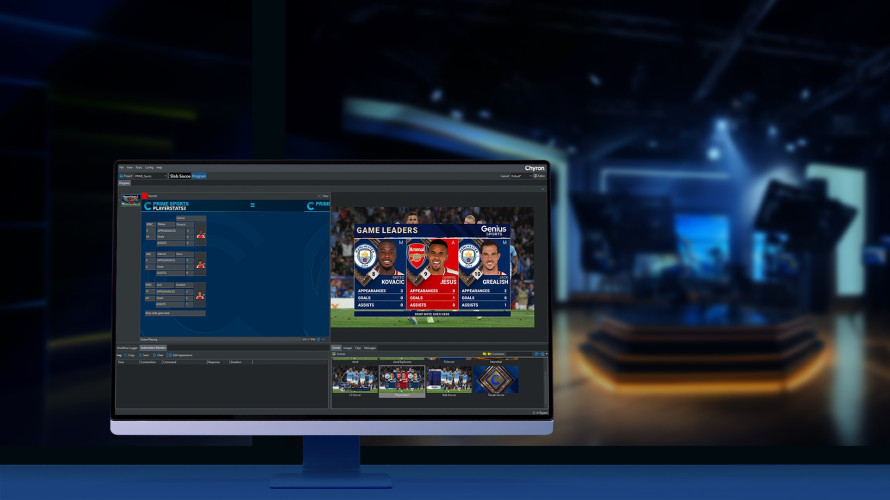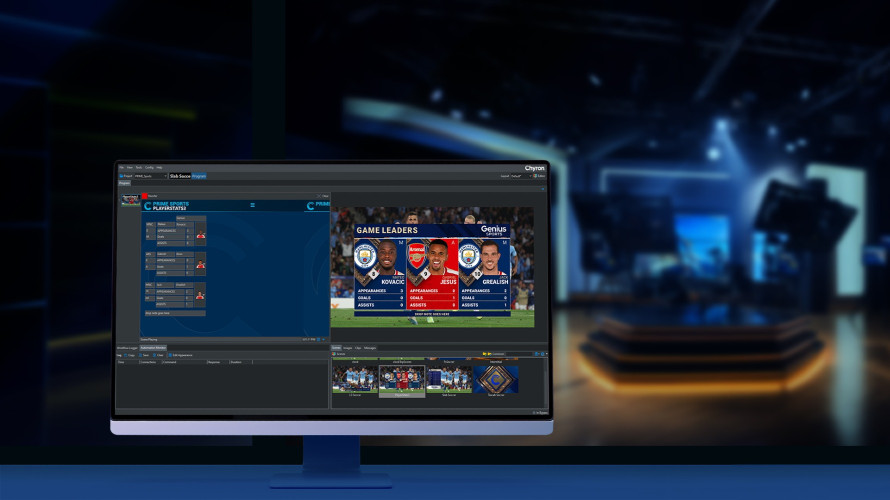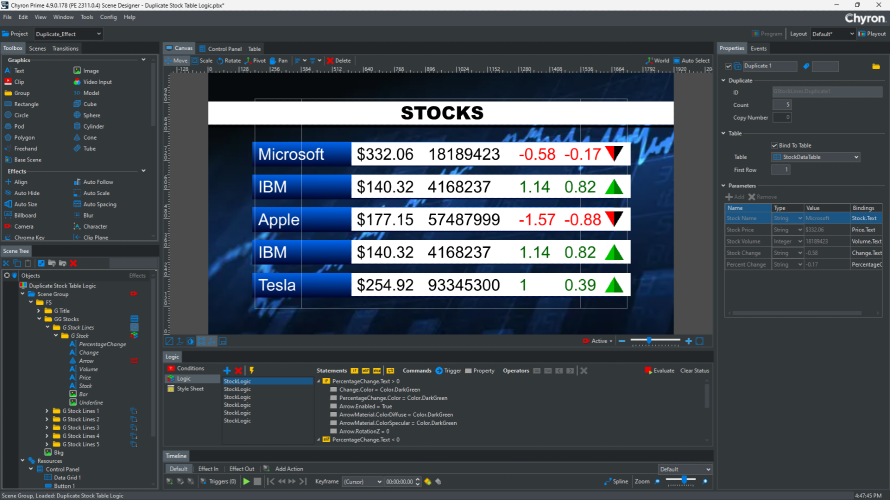All the Things You Want to Know About Cloud Computing

Author: Bob Pank#
Published 1st October 2011
Though the current buzz surrounding the concept of cloud computing makes it seem like an all-new technology, the idea and practice originate from IBM’s pioneering use — nearly three decades ago — of virtualized mainframes with “thin clients.” These thin clients allowed users to centralize processing in the very expensive mainframe components, CPU memory, and storage surrounded by less costly network-connected systems (thin clients). Centralization and virtualization were fundamental to this model, and today these characteristics of cloud-based solutions and services give users across different industries the ability to share and dynamically allocate resources among thousands of simultaneous users.
Today, Web browsers on Internet-connected computers have replaced thin clients; the applications that rely on central processing, storage, and management have taken the form of software services delivered over the Internet; and the Internet itself provides infrastructure — along with dedicated data centers — that supports these services.
Most consumers were taking advantage of the cloud before they had even heard the term, and numerous industries have adopted “cloud computing” to support a business model. Companies such as Amazon, eBay®, Google and banks have brought the cloud to the consumer while introducing better security and scalability to cloud-based models. Growth in professional Software as a Service (SaaS) offerings in back office areas such as HR, finance, IT, and legal took advantage of the cloud in a similar way to eliminate complex hardware and software, as well as the technical staff required to manage and maintain them. In all these instances, the cloud offers significant capex and opex savings, as well as the flexibility to adapt to and support business growth.
The media and broadcast industry has only been able to adopt cloud-based models as the technology and underlying infrastructure became capable of handling to massive files involved in professional video production. Even as cloud-based access to content became a reality, first through portals such as YouTube® and later in more demanding professional uses, the media and broadcast industry was relatively slow to trust that the model could reliably support rapid delivery of content to air.
Chyron’s Axis World Graphics suite of services leads the SaaS graphics market. Building on the benefits of traditional SaaS, the Axis World Graphics system features functionality and performance optimized for professional media applications. The Chyron solution reduces the time and cost of creating high-end broadcast graphics in two ways. First, it supports cloud-based creation of content such as template-based news and sports graphics, maps, animations, charts and real-time market information, all of which enrich not only broadcast content, but also media delivered via the Web and to mobile devices. Second, Axis World Graphics facilitates the ordering and tracking of content through complex workflows, all the while providing users with detailed management information.
The time-savings enabled by cloud-based graphics creation brings dramatic efficiency gains to news coverage. Rapid access to content — regardless of the producer, editor, or journalist’s location — eliminates common bottlenecks in taking graphics to air. Chyron’s Axis World Graphics effectively enables a user to search across in-house and external sources from one interface, and then use that asset within individual services offered by the software suite. Journalists and producers can fulfill the majority of routine graphics themselves, whether in the office or working in the field connected by wireless networks. Because the templates are managed by the graphics department, the quality and branding remain consistently high and maintain the appropriate look and feel for the client’s brand.
To streamline and automate the ordering of graphics, Axis World Graphics also incorporates a cloud-based workflow management tool that eliminates the need for e-mail messages, calls, and Post-It® Notes. Instead, the system provides thumbnails and other visual or research-oriented aids that facilitate communication between editorial and graphics staff, as well as management reports that help to improve productivity and staff scheduling. Within Axis World Graphics, the order management service can be used to order any type of media asset.
Cloud-based graphics creation has come of age in the broadcast and media industry. Today it enables an increasing number of stations and networks to quickly create high quality graphics and take them to air. Deployed by leading broadcasters, this model also enables effective resource balancing across local and distributed sites. Just as it does in other industries, the cloud delivers broadcasters the opportunity to move capital off the balance sheet and reduce overall costs overall while realizing more agile, mobile, and reliable operations.



